Smartsheet vs. Airtable: Which Should You Use for Project Management
Without the proper tools, managing projects can prove difficult. Deadlines, assignments, and team correspondence can all readily get complicated. Project management tools then become important. Two elite choices are Airtable and Smartsheet. Both enable your organization, tracking of development, and completion of tasks. But they operate in somewhat distinct ways. Perfect for thorough preparation, a smart sheet is organized. Airtable is flexible and perfect for visual processes.
Thus, which more closely fits your team? Whether you're organizing chores, developing marketing, or handling challenging projects, the correct tool makes a lot of difference. This article will dissect each element, advantage, and optimal application. We will assist you in choosing one that best matches your project approach.
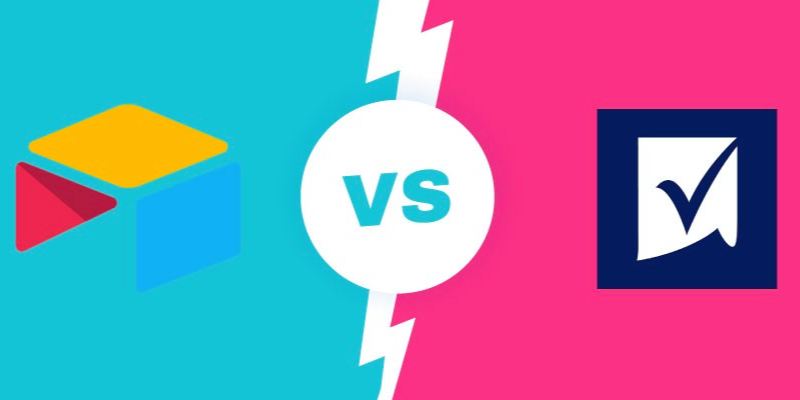
Smartsheet Overview
Smartsheet is a potent project management tool for teams requiring structure and detail. Though it seems like a spreadsheet, like Excel, it has many more tools to enable effective project management. Smartsheets allow teams to track development, assign work, create deadlines, and instantly change project status. Its capacity to apply Gantt charts, calendars, and grid views is among its strongest suit. It lets teams easily manage overlapping chores and see timetables. Files, comments, and tracking of any changes as they occur can also be attached.
Smartsheets contain conditional actions, approval processes, and reminder systems, among other automated features. These expedite daily tasks and help cut physical labor. You can independently design rules triggering alerts, task modifications, or emails. Smartsheets especially benefit Data-heavy projects and are extensively applied in the operations, marketing, construction, and IT sectors. Large teams handling complicated processes requiring continuous updates and departmental cooperation throughout will find a perfect fit for a Smartsheet.
Airtable Overview
Airtable is a user-friendly application that combines the ease of a spreadsheet with the capability of a database. It's quite adaptable, which makes tracking, planning, and managing projects from one single point simple. Custom views, dashboards, and forms let users match their particular workflow. It provides grid, calendar, gallery, and kanban board views among several display choices. These designs are clear, graphic, and vibrant. Drag-and-drop capabilities let users rapidly reorganize data or relocate jobs. Airtable also features automated features.
You can automatically create tasks, change records, or issue alerts depending on specific events. It runs effortlessly alongside well-known programs such as Dropbox, Google Drive, and Slack. Airtable's simplicity of use and graphic attractiveness appeal to creative people. It's preferred among designers, content planners, marketers, and startups. Though it seems basic, it still provides robust project-tracking capabilities. It's less technical than Smartsheet for adaptable, team-based projects, yet quite powerful.
Comparing Key Features
Let's contrast Smartsheet with Airtable by dissecting their most salient characteristics. Every tool offers advantages depending on your team's demands.
- User Interface: Smartsheet is laid in a neat, spreadsheet-style fashion. For Excel users, it feels simple and familiar. For those who like a more current design, it can seem a little technical or basic. Airtable's graphic layout is vibrant. It seems light, playful, and quite flexible. Particularly for creative teams, many customers value its easy-to-use drag-and-drop tools.
- Project Views: Smartsheet enables several project viewpoints. You have grid, Gantt charts, calendars, and card views to alternate. It graphically aids in tracking workflow, deadlines, and project schedules. Airtable backs several points of view as well. These cover grid, calendar, kanban, form, and gallery perspectives. It's adaptable, particularly if you wish to show statistics in several ways.
- Automation: Though they function somewhat differently, both programs provide automation capabilities. Powerful automation tools for difficult processes abound on Smartsheets. You can create multi-step rules for approvals, reminders, or status updates. Airtable presents easier conditions and simpler automation using templates. Nontechnical users find setting up simple automation, such as field updating or alarm sending, simpler.
- Collaboration: Smartsheet lets teams collaborate with task reminders, shared views, and comments. It keeps everyone informed about adjustments and task progress. Airtable promotes real-time teamwork. Teams can share opinions live, make remarks, and change records. Teams who enjoy rapid updates and instantaneous adjustments would find it perfect.
- Templates: Smartsheet provides a wide range of templates for sectors including operations, IT, and construction. These work well for methodical project planning. Airtable features aesthetically pleasing designs. It performs nicely for design processes, content calendars, and event planning.
- File Attachments: Both instruments let you upload and link files. You can add direct notes, photos, or documents to tasks or rows, keeping project resources consolidated.
- Permissions: Smartsheet provides details about authorization settings. You control exactly what team members can view or edit. Though simpler than Smartsheet's sophisticated choices, Airtable also provides good permission controls.
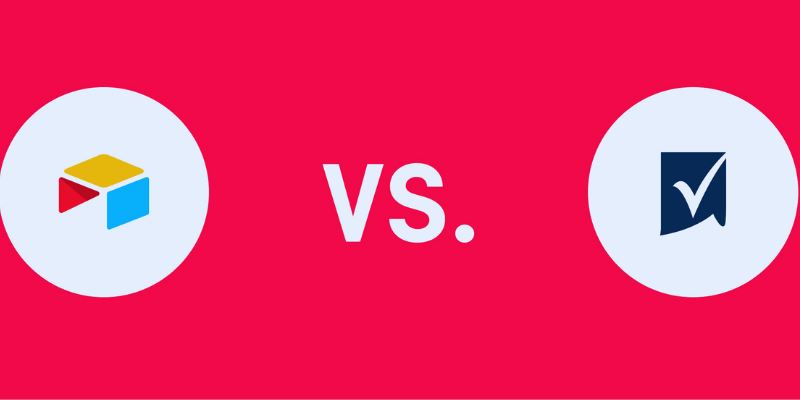
Which One is Best for Project Management?
Your project style and team requirements will determine which of Smartsheet and Airtable best fits your needs. For order—and detail-oriented projects, a Smartsheet is perfect. Smartsheet works well whether your team employs Gantt charts, has rigorous deadlines, or requires approval procedures. It's designed to oversee big projects, including several teams and tasks. Companies in sectors including operations, IT, or construction commonly choose Smartsheet for their professional layout and control choices.
For creative and flexible teams, Airtable works incredibly well. Airtable is a great alternative for a visual workplace with a simple setup. It performs effectively for marketing campaigns, content production, event planning, and small business initiatives. Teams that appreciate speedy collaboration and visual design usually choose Airtable. For creative processes and visual versatility, pick Airtable. Though your project kind and team approach will determine the greatest fit, both are excellent tools.
Conclusion:
Though they fit distinct teams, Smartsheet and Airtable have robust project management capabilities. A smart sheet is ideal for thorough, methodically planned tasks requiring meticulous tracking. Large teams and sectors like construction or IT would greatly benefit from it. For creative, visually based processes, Airtable is perfect. It speaks to small enterprises, marketers, and agile teams. Consider the way your team operates and the kinds of tasks you oversee. Do you require freedom or organization? The correct tool will fit the objectives and practices of your team. Whether you choose Smartsheet or Airtable, both will enable you to keep orderly and finish your task faster.
Related Articles

The Art of Editing: Building Engaging Video Montages
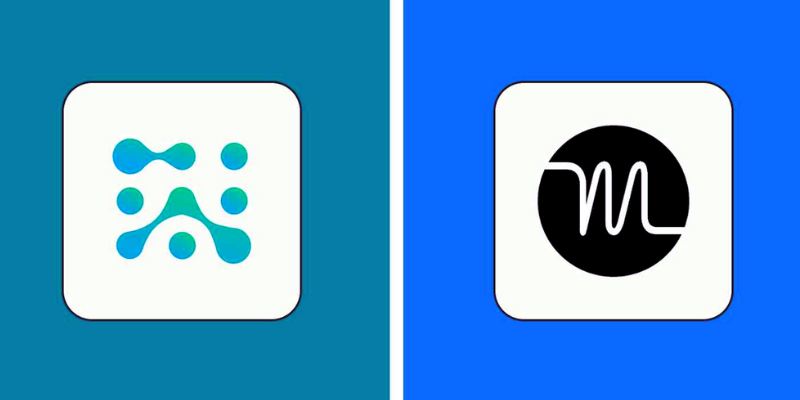
SkedPal vs. Motion: A Detailed Comparison to Find Your Perfect Scheduling App

Free Online Tool to Split and Trim MP4 Videos Without Any Downloads
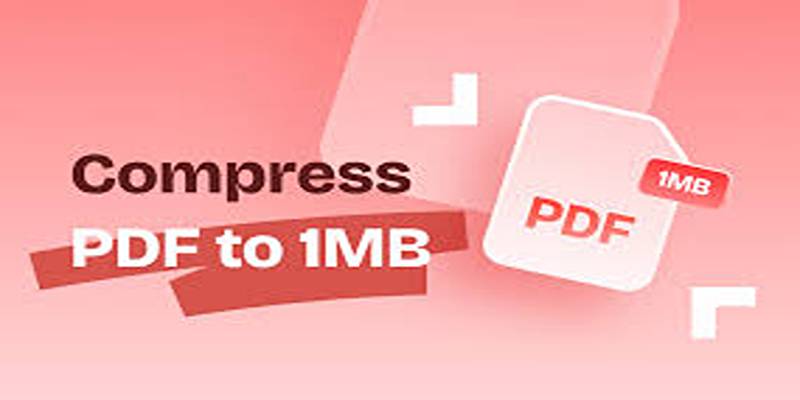
Compress PDF Files Under 1MB While Maintaining High Visual Quality

2025’s Top AI Tools for Converting Images into Videos
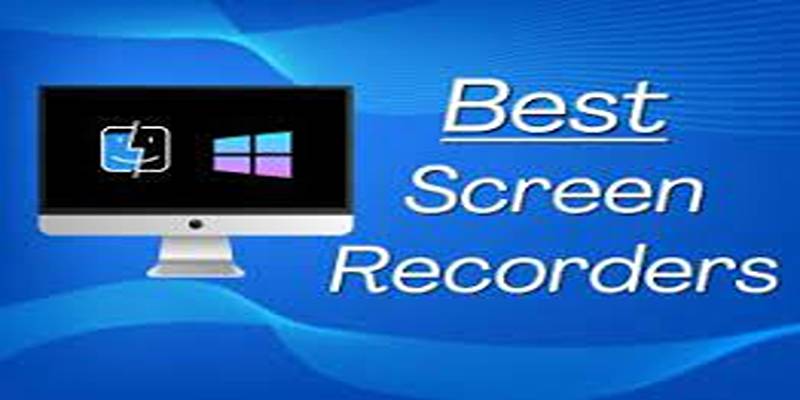
Top 3 Screen Recording Tools That Come With Built-In Video Editing
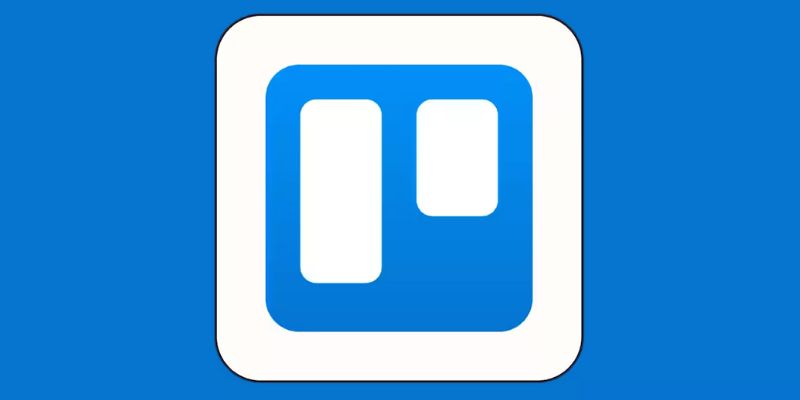
4 Trello Calendar Views to Help Visualize Your Projects Effectively
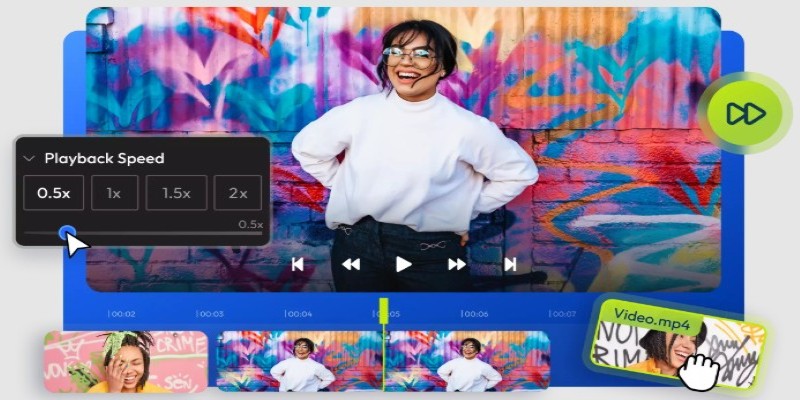
9 Free Tools to Speed Up a Video Online (No Downloads Needed)
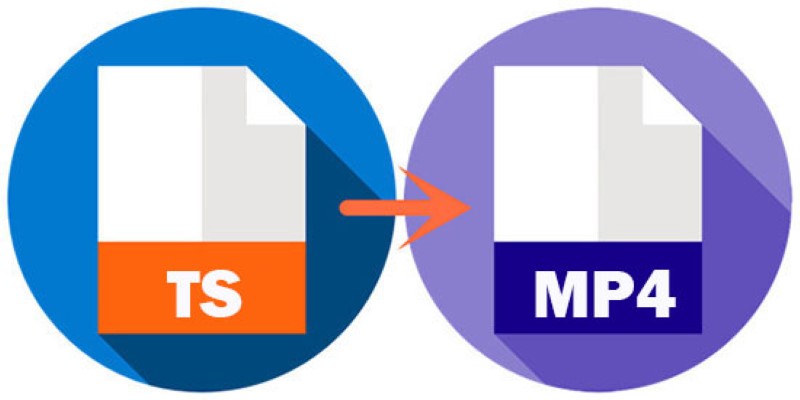
TS to MP4 Conversion – Everything You Need to Know
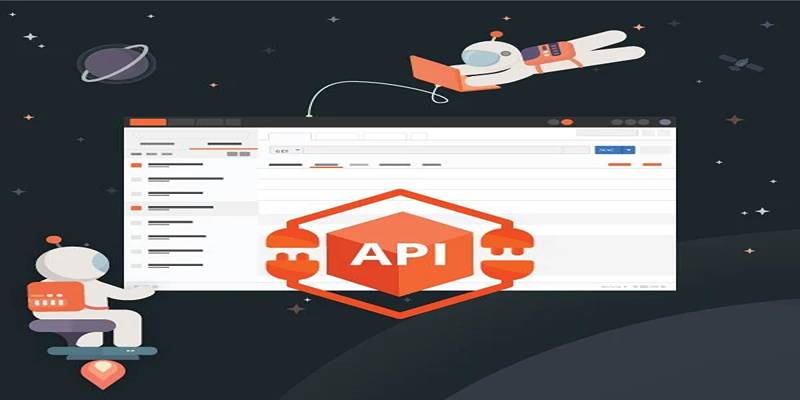
How to Use Postman for API Testing: A Complete Getting Started Guide
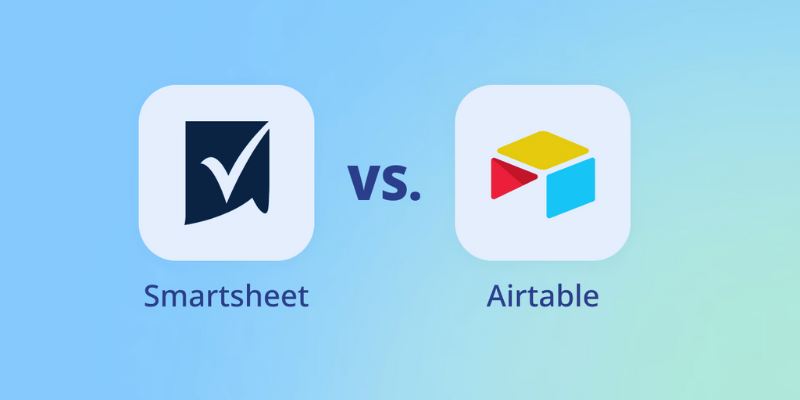
Smartsheet vs. Airtable: Which Should You Use for Project Management
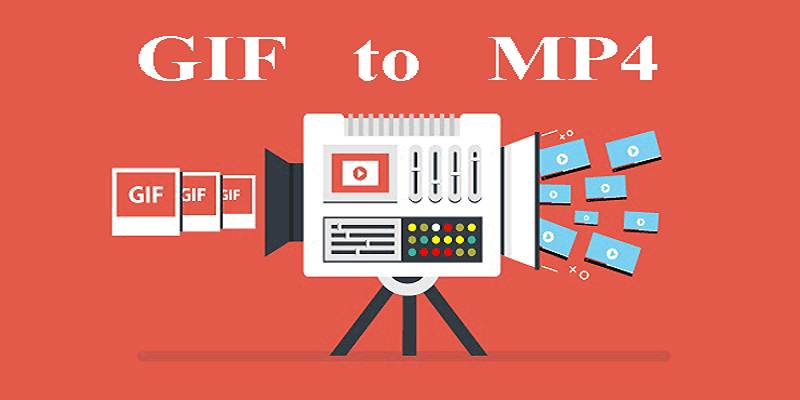
 knacksnews
knacksnews